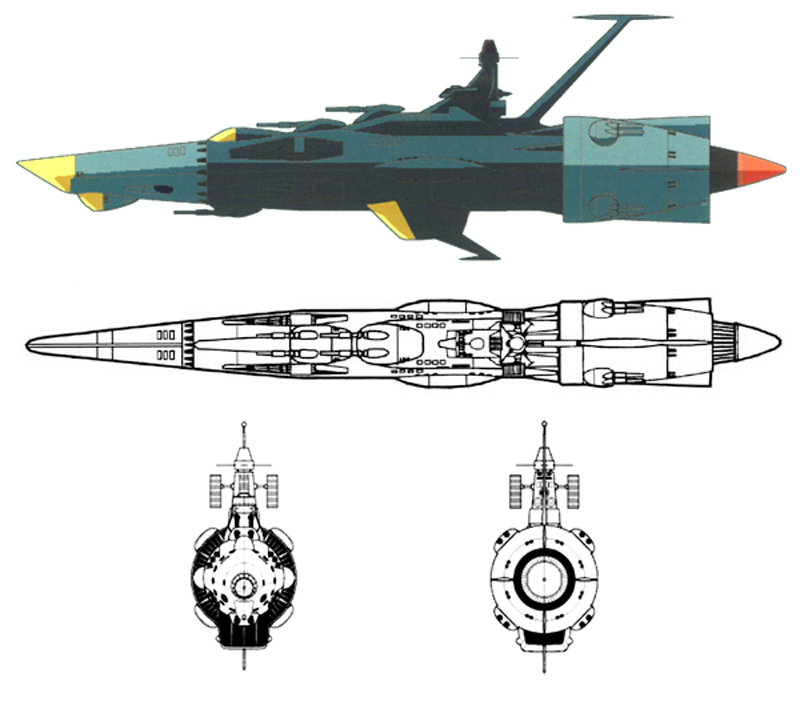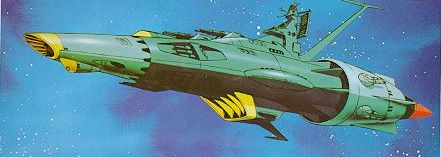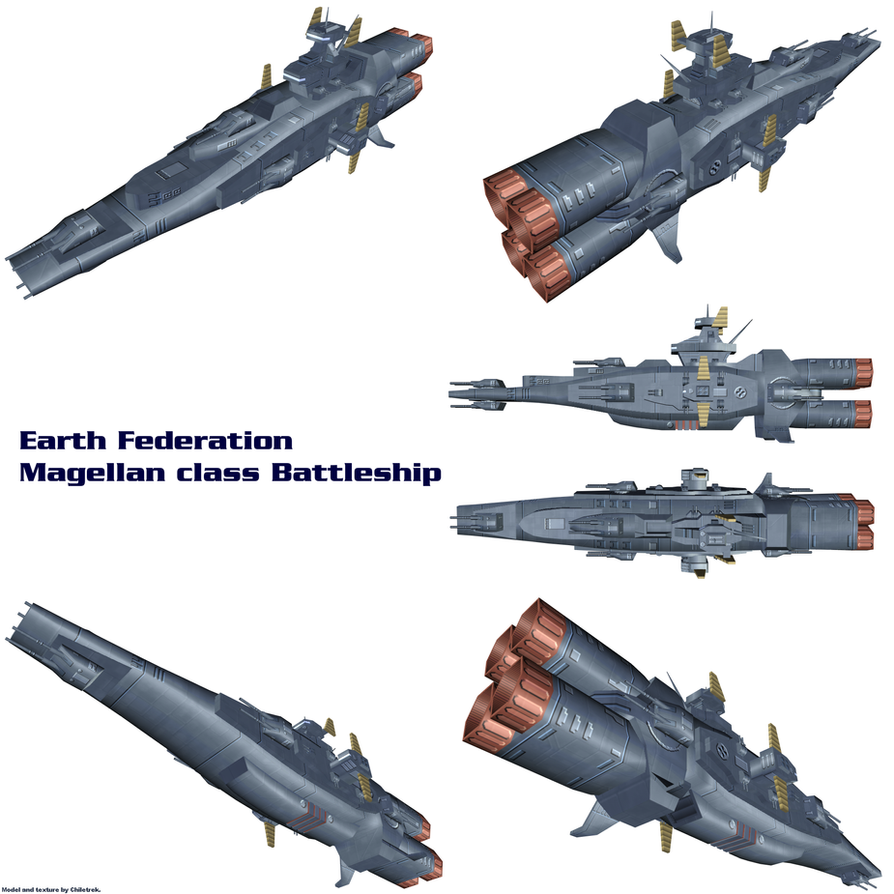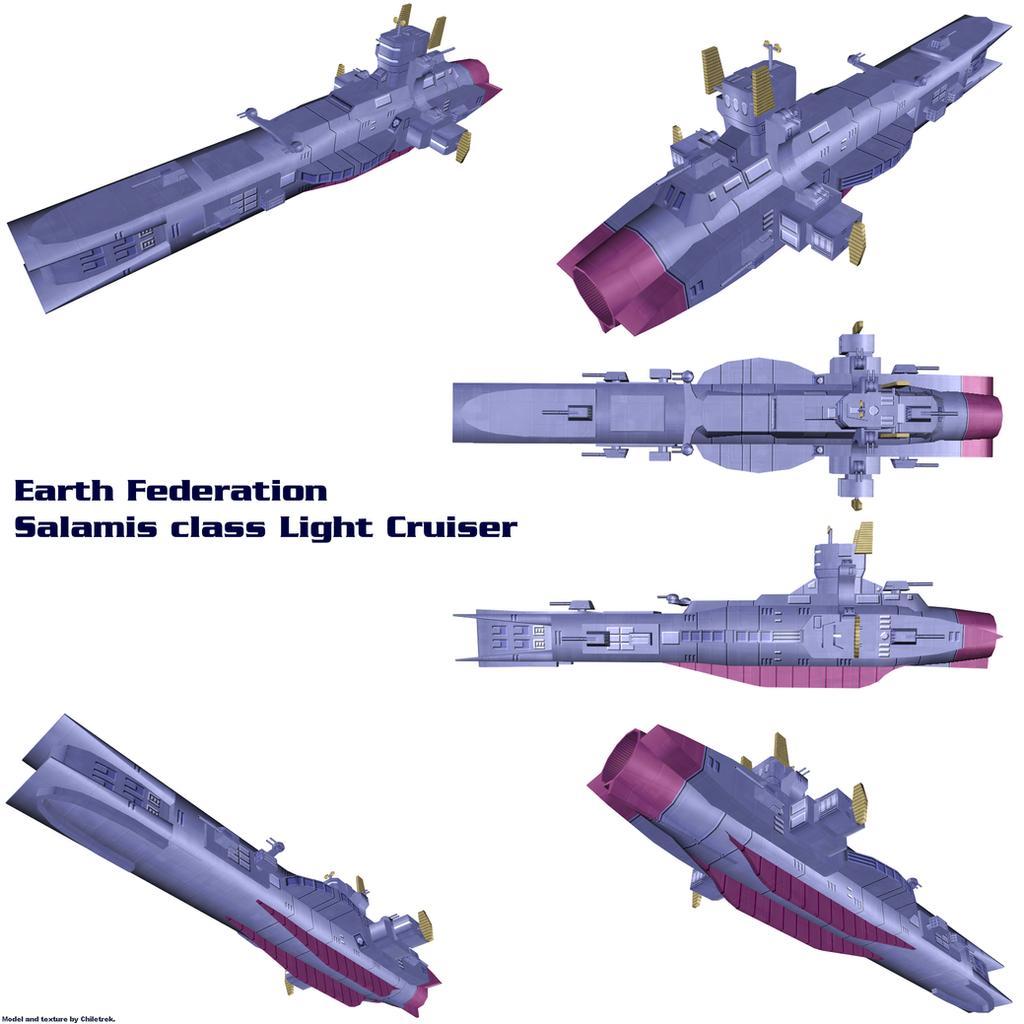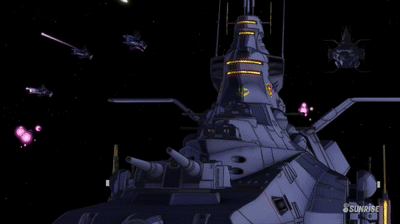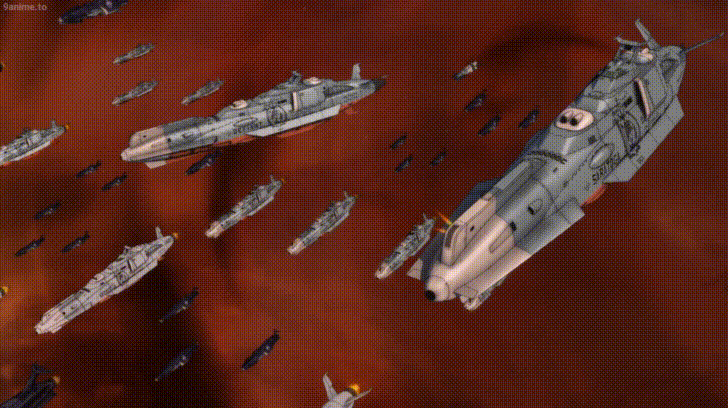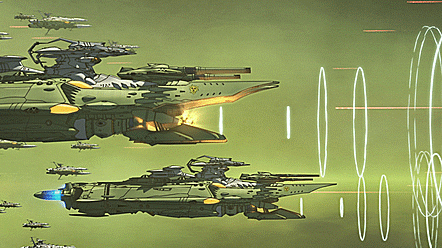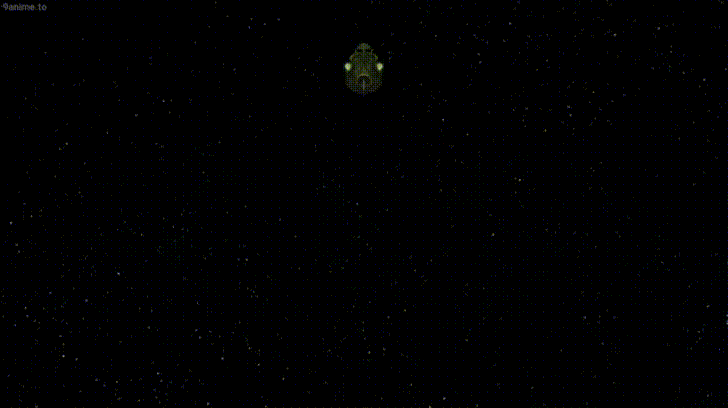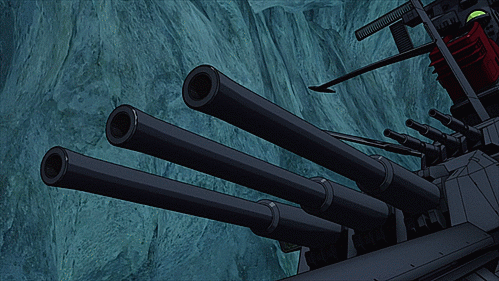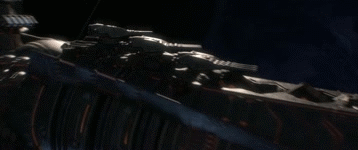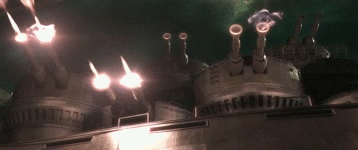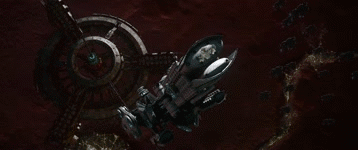Olivia Dem'adas
Chief of Clan Dem'adas

Intent: To make a pretty, pretty internet spaceships.
Image Source: Space Battleship Yamato Anime Series, Andromeda-class Battleship,
Canon Link: NA
Primary Source: NA

Manufacturer: Outer Rim Coalition / Ancorans
Model: Luss-class Battleship (A and B Variant)
Affiliation (B Variant): Outer Rim Coalition / Ancorans / Closed Market
Affiliation (A Variant): Ancoran Navy (ORC Subfaction)
Modularity: Two Variants
Production: Minor (B Variant) / Limited (A Variant)
Material:
- Ancoran Steel Hull
- Ancoran Steel Hull Armor Plating (B Variant)
- Ancoran Crystasteel Armor Plating (A Variant)

Classification: Heavy Cruiser
Length: 900 meters
Hyperdrive: Average
Hangar: Very Low (1 Squadron)
Speed: Low
Maneuverability: Low
Defense: High (B Variant) / Very High (A Variant)
Armament: Very High
- 4x Triple Gun Agrocite Enhanced Heavy Turbolaser Turrets
- 1x Keel-mounted Dual Light Particle Beam Cannon
- 20x Capital Ship Grade Lateral-launching Torpedo Tubes
- Numerous Point Defense Laser Canon Batteries

STANDARD FEATURES
- Double-layered Quick-recharge Deflector Shields
- Military Grade Sensors (HSI/DER/EPR/AS)
- Military Tracking and Targeting Systems
- Military Grade Encrypted Communications System (CL/CUS/CWD/IS/RT/SM/IFF)
- Military Grade Ship's Computer (BAC/CS)
- Military Grade Hyperspace Navigation Computer
- Military Grade Special Warfare Protection System (IS/CD/HIMS)

- Highly destructive Turbolasers excel at piercing thick armor and shields
- Keel-mounted weapon does exceptional damage at long and medium ranges
- Double-layered, rapidly regenerating shields recover quickly from being drained and excel at withstanding numerous strikes from lesser craft
- High grade steel construction affords the craft exceptional structural integrity
- Thick armor plating stands up to high power, high caliber, and armor piercing weaponry very well
- Capable of diverting power away from maneuvering thrusters to overcharge primary Ion Drives, affording the ship a temporary +1 Rating to Speed at the expense of a temporary -1 Rating to Maneuverability
- Capable of diverting power away from primary Ion Drive to overcharge weapon systems, affording the ship a temporary +1 Rating to Armament at the expense of a temporary -1 Rating to Speed
- High powered Turbolasers may over-penetrate lighter starships
- Keel-mounted weapon requires the ship itself to maneuver so that the hull is pointed towards the target, making it poorly suited for use against ships smaller than a Light Star Destroyer, or at close ranges
- Double-layered, rapidly regenerating shields are more likely to be pierced by high powered weaponry
- High grade steel is exceptionally hard to cut through or otherwise manipulate, making the ship particularly difficult to repair when structurally damaged
- Built from a high density metal, these ships are heavy and slow to move and maneuver
- Built from a high density metal, these ships appear quite prominently on gravity based and magnetic based sensors, often appearing as significantly larger ships while still at extreme ranges
- Weapon Power Converter and Engine Boosting System cannot be active at the same time, nor can either system be rapidly activated and deactivated (IE, no rapid toggling of stats mid-post)

Named for a city on Ancora, the Luss-class Battleship is a heavily armed and armored warship used both by the Ancoran Navy and allied nations throughout the Outer Rim Coalition. Though many of the larger galactic powers would consider it an escort, the Luss-class is large enough to serve as a Capital Ship throughout most of the Outer Rim and is frequently used in such a capacity. The ship boasts an impressive offensive armament, both from a battery of high powered turbolasers and from an even more powerful keel-mounted weapon, which is further supported by an impressive ordnance complement and an assortment of point defense weaponry. More than a simple weapons' platform, the Luss-class is constructed from a particularly high grade of steel and incorporates a redundant superstructure system that affords the ship with a great deal of structural integrity. This durability is further enhanced by a double layered armor plating comprised of the same high quality steel and a double layered Deflector Shield system that recharges very quickly.
The primary weapons of the Ancoran Warships are an impressive battery of high powered heavy turbolasers. These weapons are arranged into four dorsal turrets with three guns on each turret. Two turrets face forward while two face to the rear of the ship. The lethality of these weapons is greatly enhanced by the incorporation of a highly volatile fuel source that significantly improves the destructive potential of these weapons without also requiring a lower than normal rate of fire. Supporting this primary armament is a somewhat situational secondary weapon. Incorporated into the superstructure of the ship's forward section is a dual light particle beam cannon. This weapon is extremely powerful and can cause devastating damage to a struck ship, but requires enormous amount of power to utilize and requires that the entire ship maneuver itself to line up a shot upon a target. This weapon also suffers from poor beam cohesion and is far less concentrated than a typical particle beam cannon. This causes the weapon to be inferior to normal particle beam weapons in terms of armor penetration, but also serves to afford the weapon a significantly wider area of impact and is a more impressive visual effect that sailors report to be highly intimidating to receiving parties.
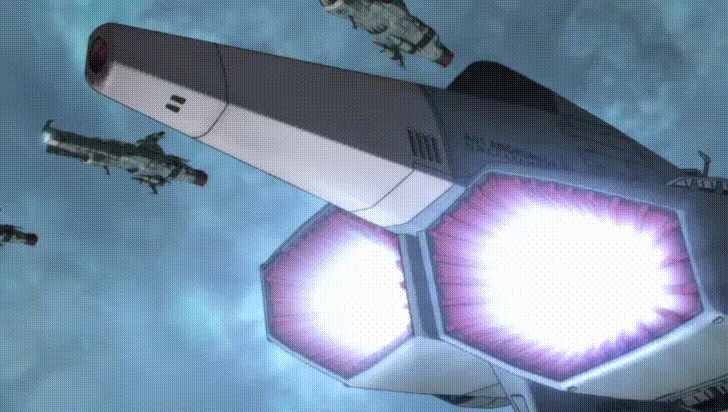
There are currently two known versions of the Luss-class Battleship. The most common variant is the "B Variant" and is considered the standard model of the class. The less common of the two known variants is the "A Variant" that incorporates a rarer and more durable armor plating than the B Variant. Another difference between these two variants would be the inclusion of a Sundiver Field Projector in the A Variant, a device that, in conjunction with the strength of the ship's hull and armor plating, enables the A Variant to operate well into the atmosphere of gas giants and even in the upper-most layers of a star (albeit for a limited time). Both variants of the ship also incorporate an advanced power distribution system that affords a great deal of flexibility in the ship's performance profile. Commanders of this vessel can elect to divert power away from Maneuvering Thrusters to supercharge the ship's Ion Drive, or can divert power away from the ship's Ion Drive to supercharge the ship's weaponry. With proper use of these systems, Luss-class Battleships can quickly adjust their performance profile in response to shifting conditions in an ever changing battlespace.




